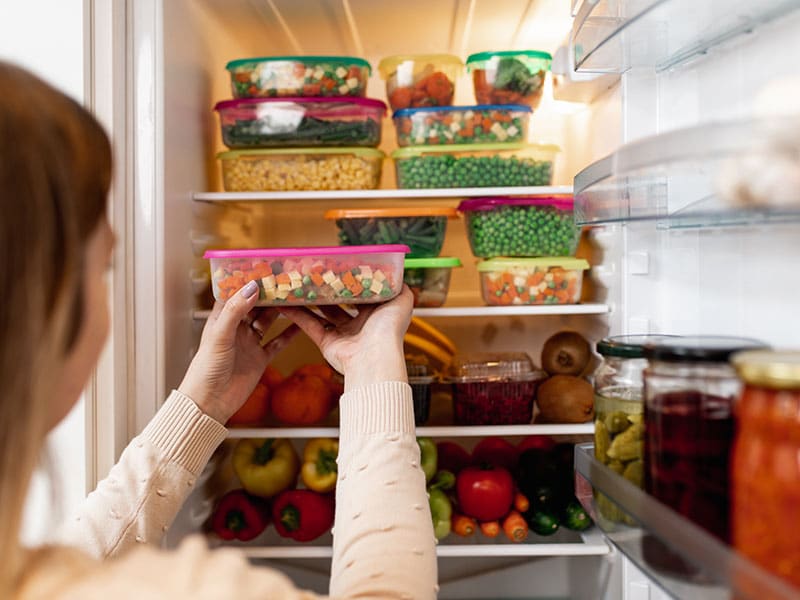Eating healthy requires a few must-have ingredients, and fresh produce tops that list. But all too often fruits and vegetables spoil before they ever make it to the table.
While some fruits like bananas and peaches go bad in days, others like onions and other root vegetables can keep for months, when stored properly. But there’s a general rule of thumb for most produce.
“You can expect for most of your ripened produce to last a week in the refrigerator. Produce that doesn’t continue ripening, such as apples and oranges, can last up to two weeks in the fridge,” says Abby Read, MS, RDN, LD, a wellness coach and program coordinator at Methodist Dallas and Methodist Charlton Medical Centers.
There’s also a trick to squeeze the most shelf life out of your produce — and it often involves which shelf you store it on.
“You have to know which produce belongs in the fridge, outside of the fridge, or in the freezer when it comes to sustaining the lifespan of your fruits and veggies,” Read says.
Here are a few helpful tips to make your produce last longer:
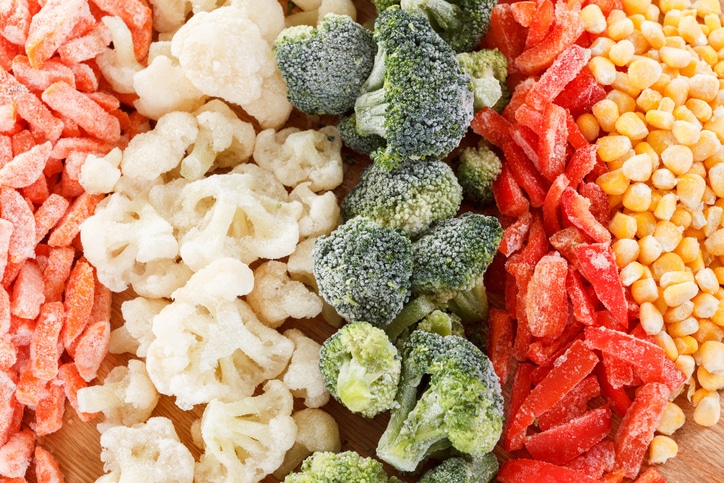
1. KEEP YOUR COOL
How cold you keep your produce is a big factor when it comes to its life expectancy.
The refrigerator can extend shelf life, though not nearly as long as freezing does. Just be careful about where in the fridge you put your produce. After all, the more visible it is, the more likely you are to use it before it goes bad.
The back of the fridge can get icy, so give your fresh produce a spot up front. Better yet, store your fruits and veggies in the crisper drawer, which is designed to keep them fresh by regulating the humidity inside.
Because berries and leafy greens tend to spoil quickly, freezing is a good way to keep them fresh longer. This tip applies whenever you don’t plan to use produce right away but need something on hand for cooking.
Frozen berries are perfect for a smoothie or a yogurt parfait. Broccoli, cauliflower, and carrots also withstand freezing well, as do winter greens like spinach and collards.
Just don’t freeze veggies high in moisture content like cucumbers, cabbage, and lettuce because they will get mushy once thawed.
If you do freeze large batches of greens or herbs, think about blanching them first. This process of scalding vegetables briefly with steam or boiling water stops enzymes from breaking down their flavor, color, and texture.
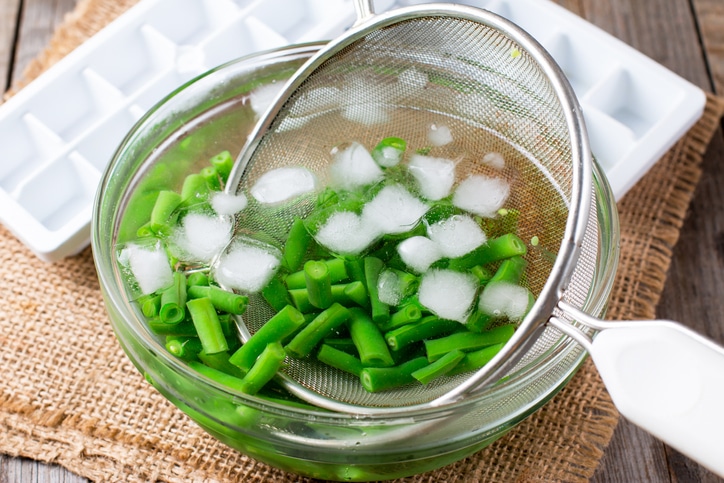
2. TRY AN ICE BATH
The final step of blanching typically involves plunging your veggies in an ice bath to halt the cooking process. But ice baths can also rejuvenate wilting greens from the fridge, too.
Simply fill a large bowl with ice water and shake your greens up in the mix for a few minutes to “shock” those veggies back into shape.
Not only will you be reviving your greens, but you will also be cleaning them. Once they’re done with their bath, dry them and they should be fit to eat.
Drying is important when you blanche vegetables, too, because you’ll risk freezer burn if you put wet produce in the deep freeze.
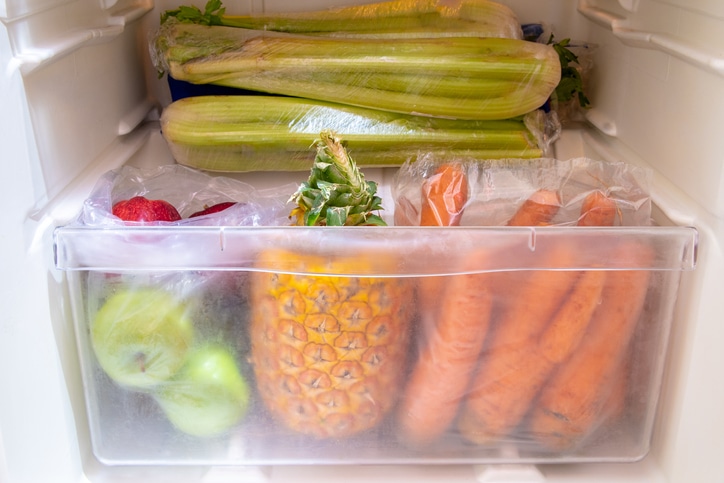
3. LET YOUR PRODUCE BREATHE
Temperature, however, is only one factor to consider. Some produce needs to breathe, while other fruits and vegetables will last longer stuffed in a plastic bag in your crisper drawer.
Celery can last for weeks if you wrap the stalk in foil and place it in the crisper. And asparagus will last longer in the fridge if you clip its ends, place it upright in a glass of water, and cover it with a plastic bag.
Also, watch out for any produce that naturally releases ethylene gas, a plant hormone that speeds up the ripening process. That means you’ll want to separate produce that’s sensitive to ethylene gas (think leafy greens) and those that produce it, such as apples and bananas.
But you can use that ethylene to your advantage if you need to ripen up a rock-hard avocado or some green bananas. Toss an avocado in a brown paper bag with some bananas, or bag up unripe bananas alone, to speed up the ripening process.
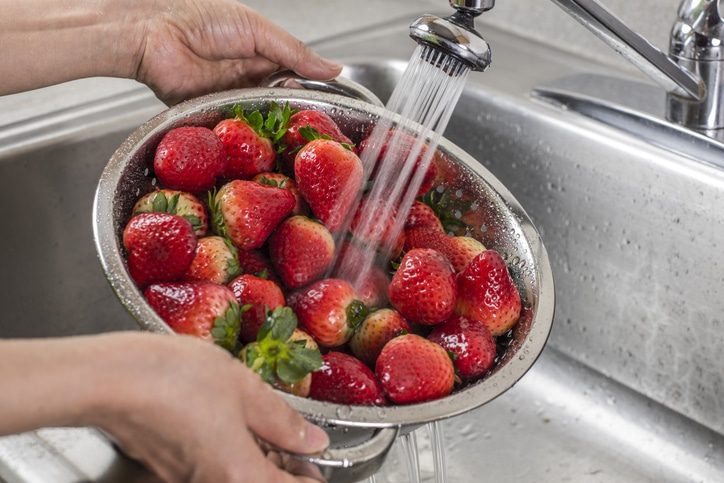
4. WASHING CAN WAIT
There’s a natural inclination to wash your produce as soon as you return from the grocery store, but that can shorten its shelf life.
But if you do rinse your produce, make sure to pat it dry before you place it in the fridge, or wrap it in a paper towel to soak up the moisture.
Of course, washing your fruits and veggies is a must to get rid of pesticides, dirt, and germs that cling to produce. But often it’s best to wait until it’s chow time.
“You don’t want to wash your berries immediately,” Read says. “Instead, place them dry inside of the crisper drawer until you are ready to eat them. When berries are moist they tend to grow mold and deteriorate quickly.”
Another tip for keeping berries fresh: throw out the mushy ones or you’ll risk the whole batch going bad.
“You should inspect them thoroughly at the grocery store to make sure you don’t accidentally pick up a group that already has some spoiled members,” Read says. “Once you are home, throw those bad berries away before they ruin the entire group.”
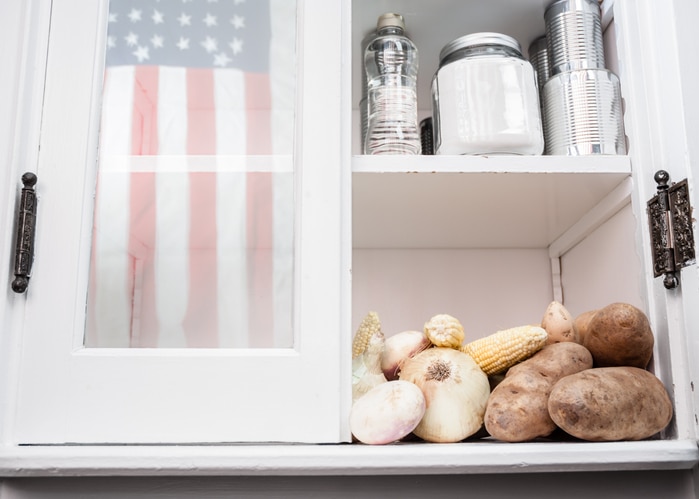
5. THERE’S AN APP FOR THAT
While many fruits and vegetables like berries and leafy greens should be kept in the refrigerator, others like onions, potatoes, and tomatoes are better at room temperature.
The USDA’s FoodKeeper app provides a handy guide for many types of food, including where to store produce and how long it should last.
It’s best to buy produce that’s already in the sweet spot for ripeness, but anything that needs ripening should go into the fridge once it’s ready to eat so it doesn’t go bad.
“Fruits such as mangos, pears, plums, and avocados continue to ripen when they are stored at room temperature, but once they are ripe, place them in the refrigerator to stop their ripening process and help prevent them from spoiling.”

